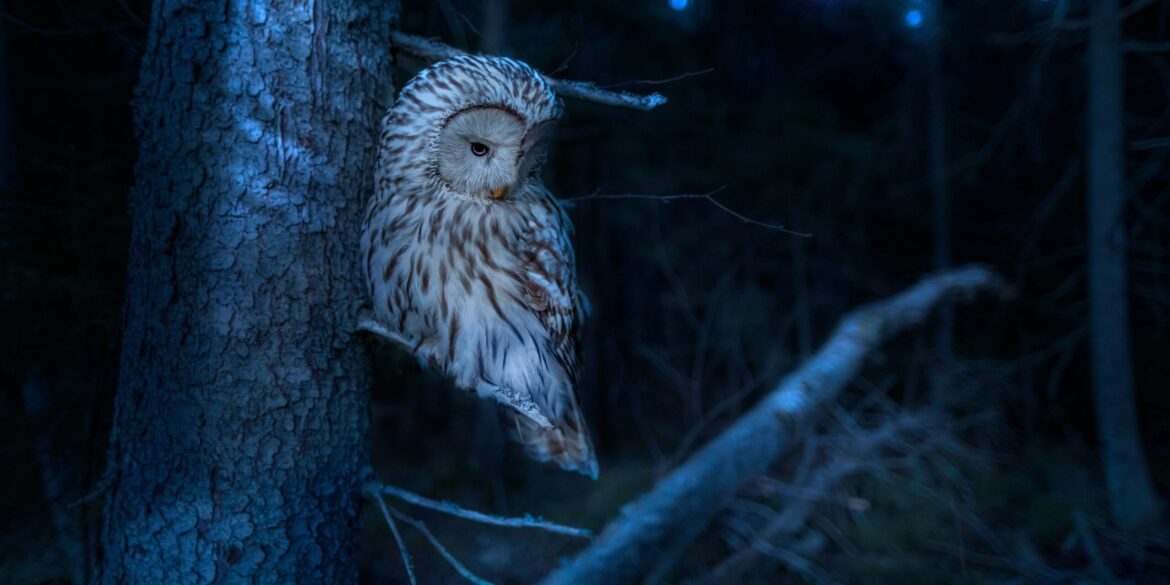On August 4, 2025, communities across inland regions of the United States came together to observe International Owl Awareness Day, transforming the occasion into an impactful moment of environmental education, public engagement, and wildlife advocacy. Although often overshadowed by larger ecological movements, this annual observance has steadily grown into a meaningful platform for spotlighting owl conservation and the broader issues facing native raptor populations in North America.
The day saw a convergence of schools, nature centers, wildlife rehabilitation facilities, and environmental advocacy groups hosting a wide range of events designed to educate the public about owls, their ecological importance, and the threats they face. In small towns and suburban neighborhoods throughout the Midwest and Mountain West, families attended open houses at local wildlife centers, where children had the chance to meet rescued owls up close. These encounters were not just visually arresting—they served a deeper purpose. By showcasing ambassador owls that had been injured and were no longer able to return to the wild, organizations provided real-life examples of the risks owls face due to human activity and how communities can contribute to their survival.
At the International Owl Center in Houston, Minnesota, visitors took part in interactive educational programs that included “owl detective” games, conservation workshops, and talks on owl migration patterns and nesting behaviors. The event culminated in a light-hearted “Great Horned Owl Soap Opera” that used storytelling to teach children about owl family dynamics. Admission was free to encourage widespread participation, and guests were invited to donate non-perishable food items for a local food shelf—an effort to link environmental consciousness with social responsibility.
Similar programming unfolded in other parts of the country. Rehabilitation centers in Colorado, Utah, and Idaho opened their doors for behind-the-scenes tours, allowing the public to witness the painstaking work of caring for injured owls. From fledgling Barred Owls preparing for release in outdoor flight enclosures to long-term residents serving as educational ambassadors, these facilities illustrated the multifaceted nature of owl rehabilitation. Staff emphasized the importance of timely public reporting of injured wildlife, the need for specialized veterinary care, and the high cost of sustaining these operations—urging visitors to support through donations and volunteer efforts.
The day was also marked by extensive online engagement. Wildlife organizations took to social media to amplify the message, sharing powerful stories of rescue and recovery. One such post featured a young Great Horned Owl recovering from wing surgery, its progress documented over weeks until its successful reentry into the wild. These kinds of narratives, coupled with photographs and video footage, served to humanize the broader conservation effort and connect emotionally with audiences who may never encounter an owl in the wild. Hashtags like #OwlAwarenessDay and #RaptorRehab trended regionally, drawing attention to the cause and driving traffic to donation pages and educational resources.
Educational institutions played a significant role in the observance. Elementary schools and libraries hosted reading hours with owl-themed books, while science teachers used the occasion to integrate owl pellet dissections and lessons on food webs into their curriculum. Nature centers organized twilight walks through forest preserves, encouraging participants to listen for owl calls and observe potential nesting sites. These experiences helped foster a sense of wonder and responsibility, especially among younger participants who learned not just to appreciate owls but to understand their role as apex predators in local ecosystems.
Conservation professionals used the day to highlight the growing challenges facing owl populations across North America. While some species, like the Eastern Screech Owl, remain relatively stable, others—such as the Burrowing Owl and Northern Spotted Owl—are experiencing population declines due to habitat loss, pesticide use, and climate-related shifts in prey availability. Wildlife experts urged property owners to avoid using rodenticides, which often lead to secondary poisoning of owls, and instead implement alternative pest control methods. They also encouraged installing nest boxes and preserving dead trees, which often serve as vital nesting or roosting sites for various owl species.
One of the underlying themes of this year’s observance was the idea that owl conservation is not just a wilderness issue but a community responsibility. In rural farming communities, landowners were encouraged to consider owl-friendly land management practices. In suburban areas, homeowners were educated about how light pollution and tree removal can impact nocturnal species. Across all demographics, there was a call for deeper awareness of how individual choices impact broader ecological networks.
The growing success of International Owl Awareness Day reflects a larger trend in environmental engagement—where education, storytelling, and local activism intersect to create tangible impact. Unlike some wildlife campaigns that rely on high-profile celebrity endorsements or massive media budgets, owl conservation efforts often thrive on grassroots enthusiasm, volunteerism, and partnerships between small organizations and local governments. This year’s events demonstrated that even modest community-driven actions can significantly contribute to wildlife preservation and public understanding.
As the sun set on August 4, owls across inland America continued their silent flight under a canopy of stars—many of them rescued, rehabilitated, or protected by the very people who spent the day learning about them. For these communities, International Owl Awareness Day was more than a date on the calendar; it was a reminder of the quiet power of education, compassion, and collective stewardship in preserving the delicate balance of nature.

